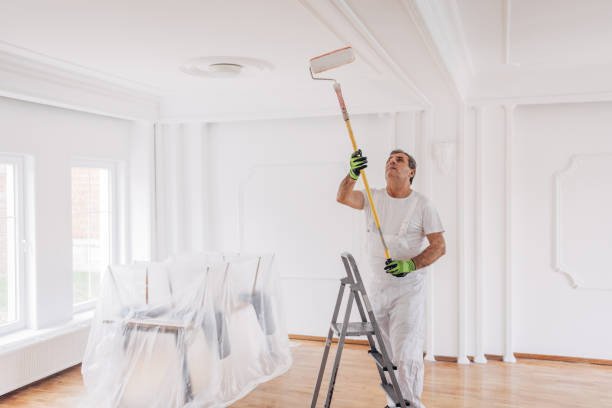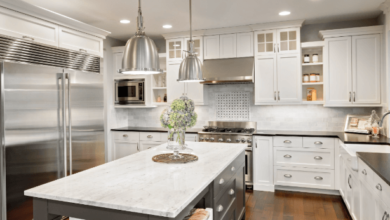Calculating Paint For Ceilings And Textured Walls

Painting textured walls and ceilings might be a more difficult task than painting plain surfaces. Textured surfaces—such as rough drywall, popcorn ceilings, or stucco—absorbs more paint, which can cause you to understate your demand. To guarantee you never run out of paint mid-project or overestimate and waste money, precisely determining the amount of paint for these surfaces is absolutely vital. This technique can be simpler and more exact if one uses an exterior paint calculator. To get a professional-looking finish, we will walk you through the process of figuring the correct paint amount for textured walls and ceilings in this post.
Appreciating Texture’s Affect on Paint Coverage
Because of their increased surface area resulting from bumps, grooves, and defects, textured walls and ceilings call for more paint than smooth surfaces. The paint usually fills these areas, hence the total covering is less effective than on level walls. For instance, whereas textured walls may only cover 250 to 300 square feet per gallon depending on the degree of the texture, a smooth wall might cover almost 350 square feet per gallon. Using an exterior paint calculator successfully and making sure you buy enough paint for your project depend on knowing how texture influences paint coverage.
See also: How to Organize a Smooth and Stress-Free Move
Calculate the textured wall and ceiling area
Accurate measurement of the square footage of the textured surfaces you intend to paint will help you to determine the paint required amount. To get the area, multiply the height and width of every wall. Measure the width and height of ceilings; then, multiply those figures to get the total square footage. If windows or doors abound in your space, deduct their area from the overall square footage. These readings give you a more accurate estimate of how much paint is required for your textured surfaces and supply the fundamental information needed for the paint calculator.
Consider texture kind and ration
For evenly coverage and a professional finish, most painting projects call for at least two coats of paint. Textured surfaces—especially those with a lot of texture—may require several applications to cover the area completely. For instance, more coats could be needed to reach complete coverage if you are painting over a dark color using a light hue. Accurate estimate depends on entering the coat count into the exterior paint calculator. For mild touch-ups, one coat is usually enough; for rougher surfaces, two or more coats are usual to provide correct coverage and longevity.
Therefore, a good painting project depends on precisely determining the quantity of paint required for textured walls and ceilings. An exterior paint calculatorlets you consider elements such surface area, texture kind, coat count, and paint type. Carefully measuring your surfaces and entering the correct data will help you avoid the typical mistakes of overbuying or under buying paint. Along with saving money, this guarantees a more professional and efficient completion. Whether you are painting a whole room or a textured ceiling, a paint calculator can simplify, reasonably priced, and successful your painting project.

